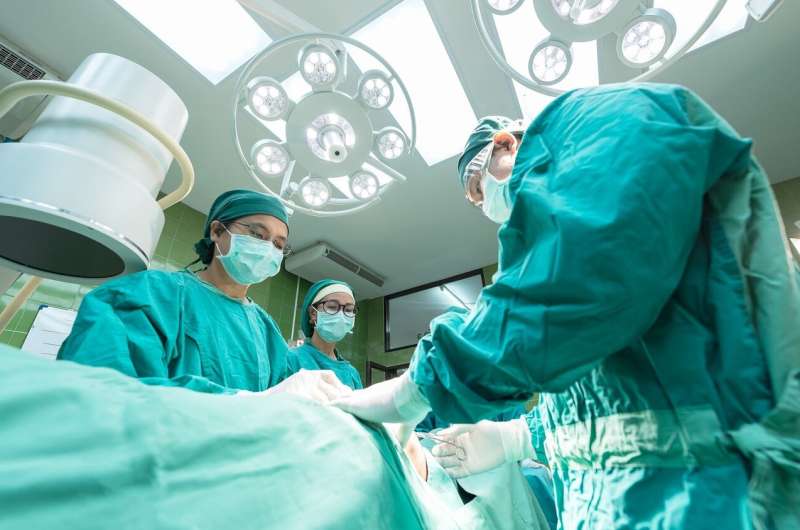Scientists Discover Genetic Roots of a Specific Muscular Dystrophy Subtype

A team of researchers has uncovered the detailed molecular structure of collagen VI, providing insights into the genetic mutations responsible for a subtype of muscular dystrophy and paving the way for targeted treatments.
Researchers from the University of Manchester have made significant progress in understanding the genetic basis of a particular form of muscular dystrophy known as Collagen VI-related dystrophy (COL6-RD). This subtype includes conditions such as Ullrich congenital muscular dystrophy (UCMD) and Bethlem myopathy, which are characterized by symptoms like muscle weakness, joint contractures, reduced muscle tone, and weakened respiratory muscles.
In a groundbreaking study published in Nature Communications, scientists mapped the high-resolution structure of collagen VI, a crucial protein in the extracellular matrix that provides tissue strength and elasticity. Collagen VI forms microfibrils—large, bead-like structures composed of three intertwined protein chains—playing a vital role in cellular environment sensing and communication.
The team is the first to determine the detailed structure of collagen VI at the atomic level, revealing the specific locations of disease-causing mutations. To achieve this, they employed cryogenic-electron microscopy, which magnifies molecular structures hundreds of thousands of times. This high-resolution mapping allows scientists to understand where mutations occur within the protein, offering new avenues for targeted drug development.
Understanding these mutation sites is a critical step towards developing precise gene therapies and other treatments for COL6-RD, which has yet to see specific therapeutic options compared to more common muscular dystrophies like Duchenne. The researchers also developed mini-collagens—small fragments of collagen VI—that could serve as valuable tools for future research and therapy development.
Lead author Professor Clair Baldock emphasized the importance of this discovery, stating that the structure provides the foundation for designing drugs that can specifically target defective areas of collagen VI. This advancement opens new possibilities in the quest for treatments that could improve quality of life for individuals affected by this muscular dystrophy subtype and potentially enable them to maintain mobility and independence.
For further information, see the detailed study in Nature Communications.
Stay Updated with Mia's Feed
Get the latest health & wellness insights delivered straight to your inbox.
Related Articles
Genetic Deletion in the Cerebellum Disrupts Hemisphere Development, New Study Reveals
A groundbreaking study uncovers how deleting FOXP genes impairs cerebellar hemisphere formation, shedding light on brain development and potential links to neurodevelopmental disorders.
Study Reveals One-Third of Hospital Infections Involve Antimicrobial Resistance
A new study shows that around one-third of hospital infections involve resistant bacteria, increasing patient mortality risk and highlighting the urgent need for improved surveillance and intervention measures worldwide.
Innovative AI and Extended Reality System Enhances Surgical Training for Residents
Mount Sinai researchers have created an AI-powered system using extended reality headsets to teach complex surgical procedures without instructors, demonstrating high success rates and potential to transform surgical education.
Evaluating the Most Effective Mesh Types for Abdominal Ventral Hernia Repair: New Predictive Models Offer Insights
New research introduces a predictive model analyzing long-term outcomes of biologic, synthetic, and resorbable meshes in ventral hernia repairs, enhancing decision-making for surgeons and patients.



